Nature's Role in Artistic Expression
Today’s chosen theme: Nature’s Role in Artistic Expression. Step into a living studio where forests, tides, and changing skies shape how we see, feel, and create. Share your nature-fueled work, ask questions, and subscribe for weekly prompts from the wild.
Landscapes as Living Narratives
01
Horizon Lines Tell Time
Artists have long used horizons to suggest the passage of time, from Turner’s storms to contemporary plein-air sketches. Where the land meets sky, continuity and change collide, guiding composition, pacing, and the emotional tempo of an unfolding visual story.
02
Paths, Rivers, and Plot Twists
A path slipping out of frame or a river bending behind reeds becomes a narrative hook. Your viewer follows the current, anticipating surprises. That implied journey builds suspense and invites personal memory to complete the route beyond the canvas.
03
Your Turn: Map a Memory
Sketch a simple map of a place you know by heart—two landmarks, one path, one horizon. Translate each element into color or texture, then share your map-story in the comments to spark dialogue and inspire someone else’s next walk.
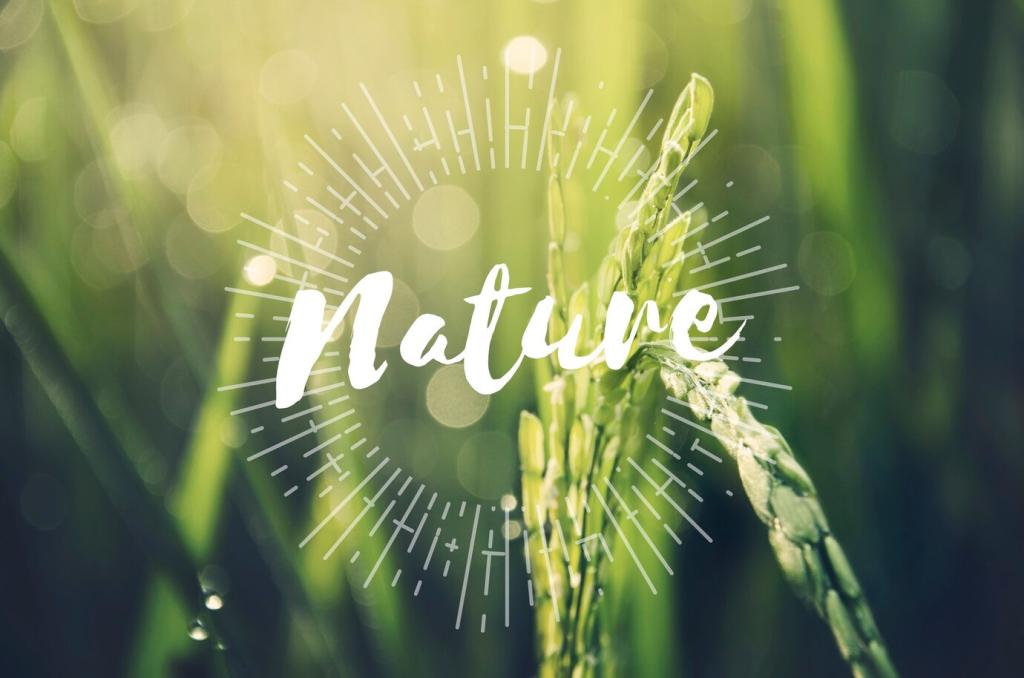
Light, Color, and the Seasoned Palette
Low-angle sunlight filters through more atmosphere, scattering blue wavelengths and warming everything it touches. Painters capitalize on softened contrasts, composers borrow its hush, and photographers lean into edge light that sculpts forms. Chase that warmth, then report how it changed your piece.
Light, Color, and the Seasoned Palette
Snow compresses values and quiets detail, guiding minimal compositions and restrained palettes. Summer amplifies saturation, asking bolder decisions. Calibrate your practice like a barometer: when colors shout, simplify shapes; when tones soften, let subtle textures whisper the emotional core of your scene.
Materials of the Earth
Grinding local ochre or basalt into pigment anchors a work to place. The grit shifts your brushwork; the color’s geology inflects mood. Test transparency with different binders, and note how regional minerals reshape your marks like an accent in spoken language.
Materials of the Earth
Avocado pits blush rose, walnut hulls brood brown, indigo breathes blue. These hues oxidize and age, creating time-based collaborations with nature. Document swatch changes weekly, and invite subscribers to predict the next shift, turning your studio into a shared slow experiment.
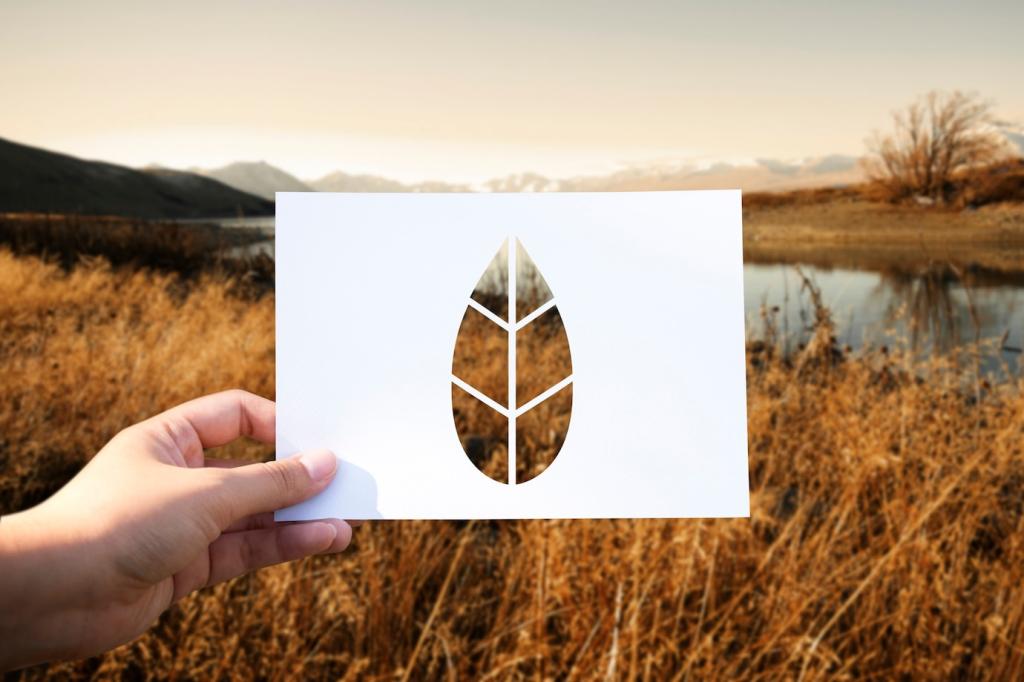
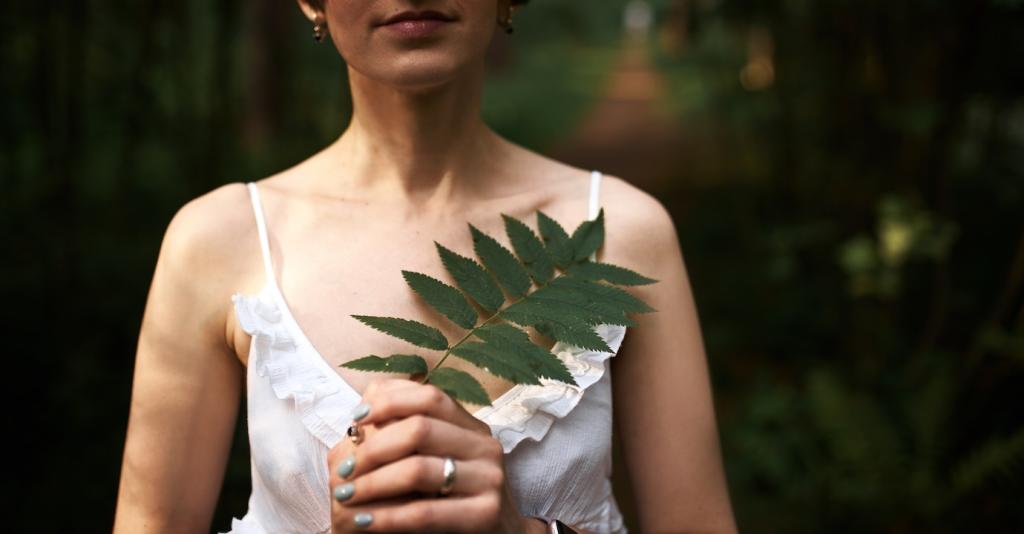
Form, Pattern, and Biomimicry
From fern fronds to nautilus shells, recursive growth conserves energy and distributes resources. Translate those logics into composition and layout, letting repetition guide the eye. When in doubt, scale a motif, rotate slightly, and watch rhythm arise without crowding your frame.
Form, Pattern, and Biomimicry
Bird nests combine flexibility and strength through interlaced fibers and variable density. Apply that to sculpture or design: layer, weave, and test load paths. Document failures generously; your notes become a bridge for someone else’s safer, lighter, resource-conscious structure tomorrow.
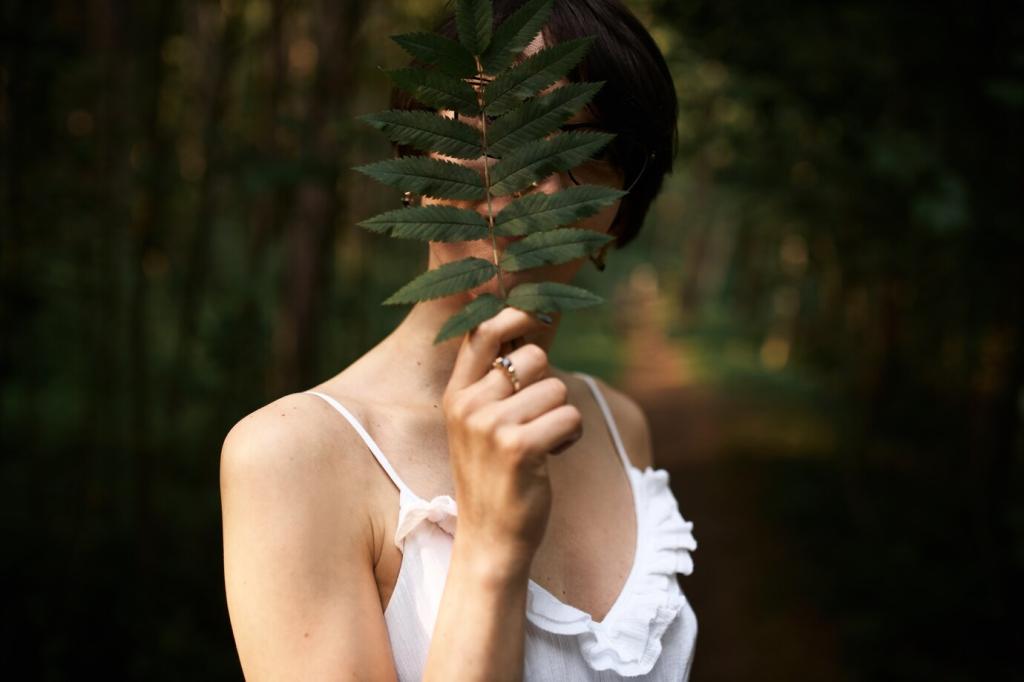
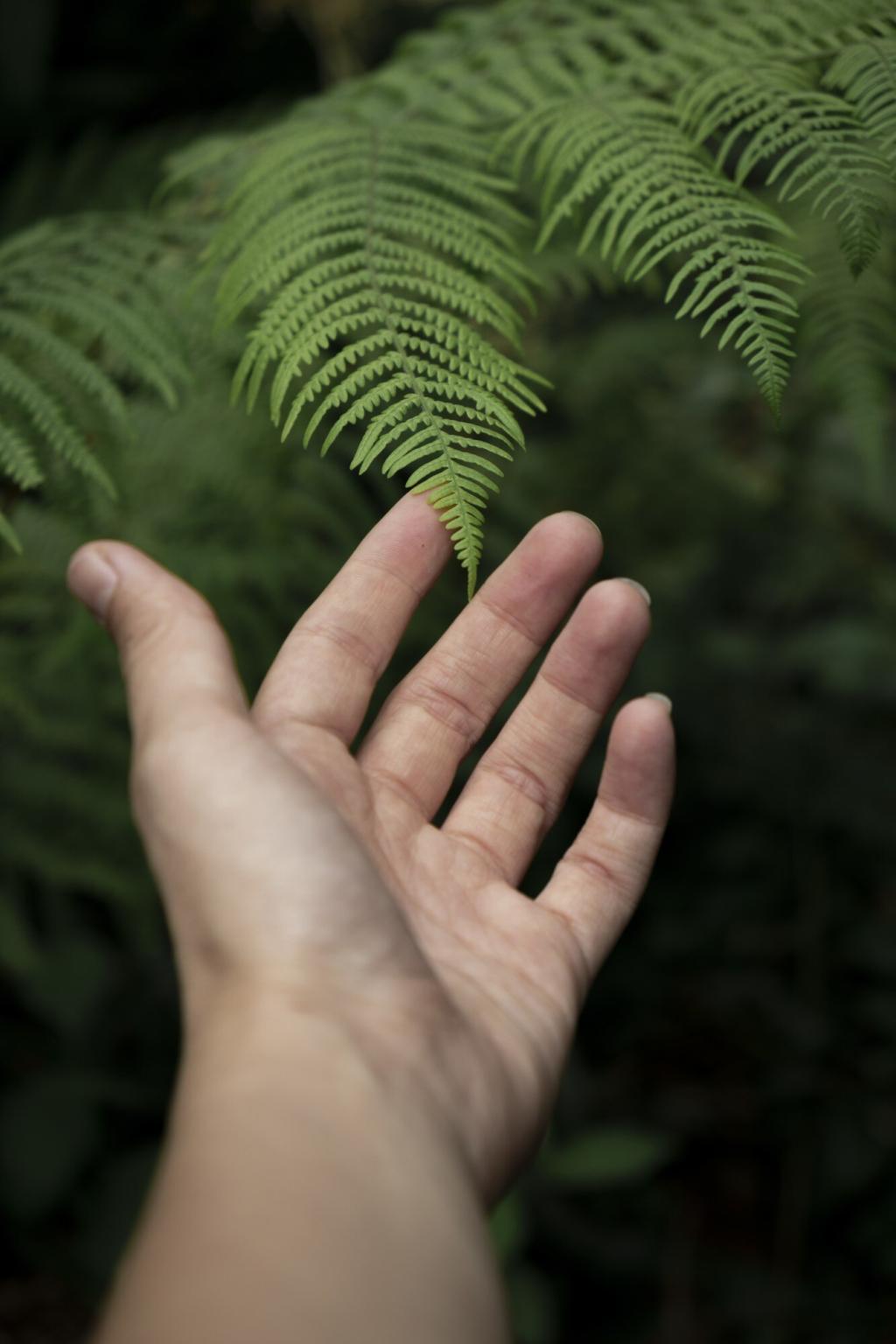
Emotion, Memory, and the Outdoors
After a river swelled, a potter collected silt left on the banks, wedged it carefully, and threw cups that carried the flood’s story. The glaze crawled unpredictably, like water lines. Buyers asked for perfection; she offered place, and found deeper belonging.
Art as Stewardship
From Awe to Action
Translate admiration into tangible steps: litter cleanups after sketch walks, habitat donations from print sales, or educational captions beneath every post. Small actions accumulate, and art can marshal attention toward the quiet needs of overlooked soil, insects, and waterways.
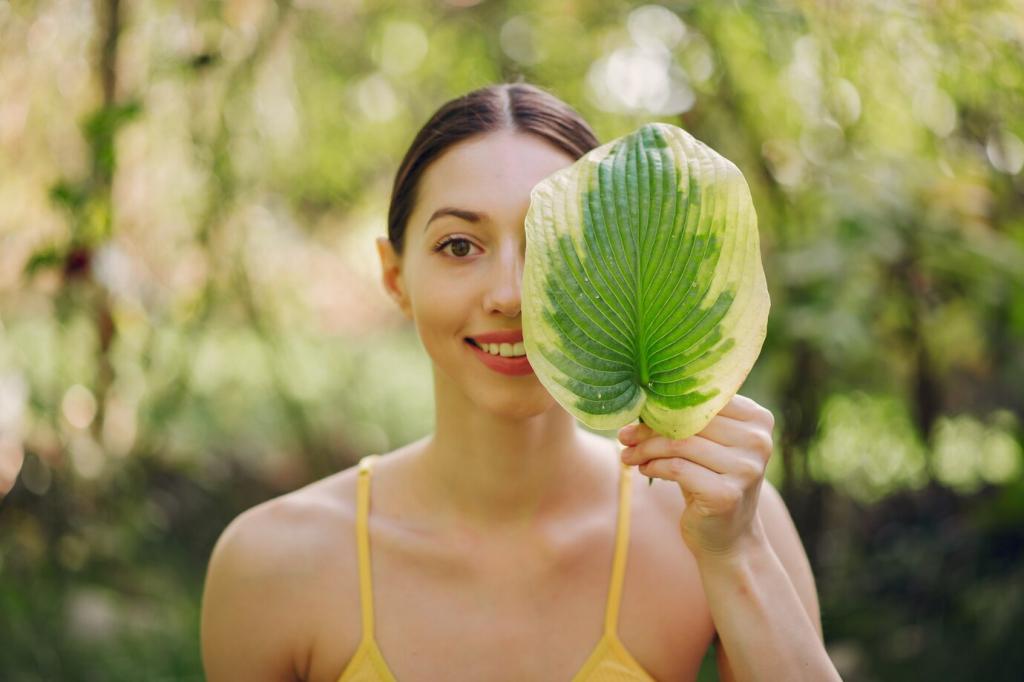
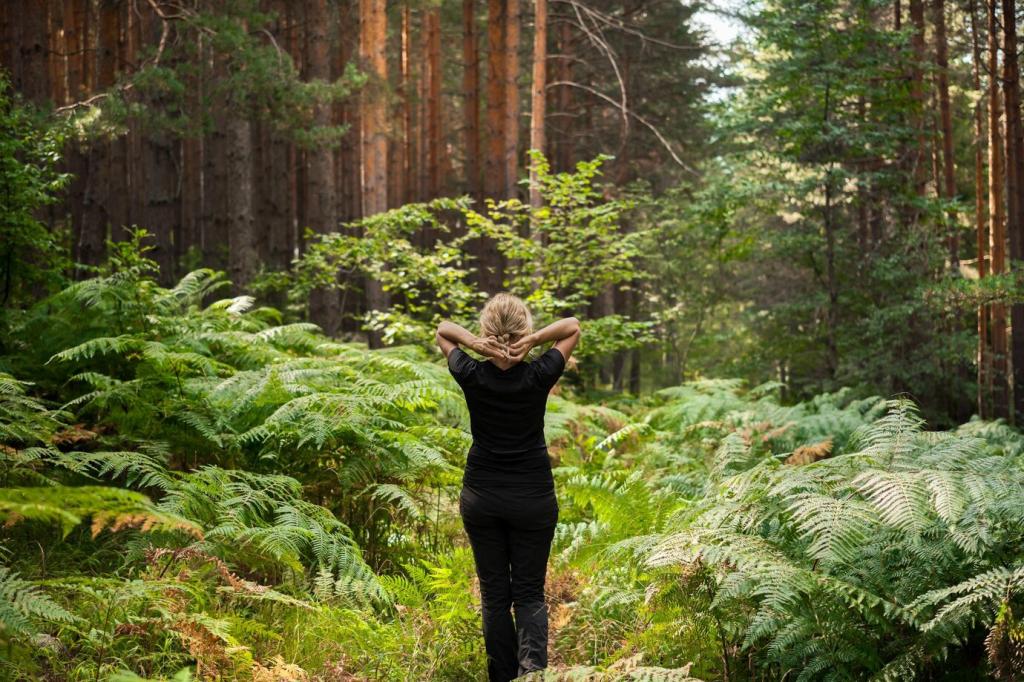
Exhibit Ideas that Plant Seeds
Curate a show where each piece includes a field note, a species list, and a resource link. Host guided walks as openings. Encourage visitors to write commitments on seed paper, then actually plant them, closing the loop between seeing, learning, and doing.
Join our mailing list
